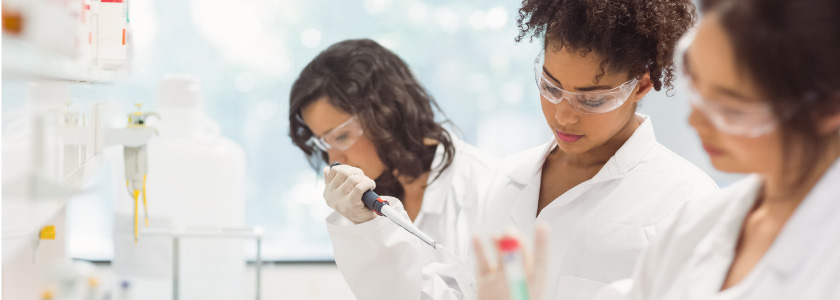Australasian Synthetic Biology Challenge: IDT caught up with the team from The Australian National University

The Australasian SynBio Challenge aims to spark scientific innovation and be a launchpad for future investment in the field as well as give a boost to synbio training and push synbio principles into regional university curricula. Following the event’s final showcase, which took place on Oct. 14-15, IDT caught up with the team from The Australian National University to give you behind-the-scene insights to their challenges and how they overcame them.
The team is making good on its pledge to develop a yeast-based biofactory for the synthesis of resolvins. Resolvins are specialized pro-resolving mediators that are derived from omega-3 fatty acids.
Lockdown was no barrier for the team
The Australian National University is located in the country’s capital, Canberra, which luckily escaped most lockdowns this year, meaning the team had several weeks to work with their genes once they arrived. They are experimenting with clonal genes and primers from IDT, and making use of Benchling — a collaboration and productivity tool that allowed team members to design their assemblies in silico and generate methodologies — plus, of course, Zoom, which facilitated weekly meetings and progress reports.
Team members say that competing in the challenge presented a unique opportunity to interact with the synbio community and learn both commercialization and lab skills and techniques, which are important for any career in scientific fields. The timing of the challenge meshed well with the team’s academic calendar and presented a valuable bonus opportunity to earn course credits.
Since the start, the team has been working to investigate issues around inflammation. Resolvins, as they note, are the body’s natural response to inflammation, yet the current cost to manufacture resolvins is prohibitive. Resolvins have also been shown to provide promising treatments for neurodegenerative diseases, cancer and tumor growth, chronic inflammation, and tissue healing. A process for the human biosynthesis pathway for resolvin synthesis was recently published, and the team says that by creating a biofactory, they could mass produce resolvins cheaply.
The process: Synbio solutions in action
Resolvins are derived from two omega-3 fatty acids: docosahexaenoic acid (DHA) and eicosapentaenoic acid (EPA). By introducing the human resolvin synthesizing enzymes into yeast, students hope to sustainably and affordably produce resolvins. To sustainably obtain large quantities of EPA and DHA, they are cultivating two high-yielding strains of algae—Tisochrysis lutea and Nannochloropsis Oceania. Using these algae feedstocks, the team can extract lipids to feed the S. cerevisiae yeast biofactories and then isolate and extract the final resolvins from yeast using high performance liquid chromatography (HPLC) columns. For genes, the team sequenced with IDT primers.
Cloning strategies and the power of QC
To speed up assembly and execution of the cloning process, students modified vectors to improve compatibility. To save time and money, the team secured help and was able to find a pre-existing vector to use in their cloning efforts. They made it compatible with their golden gate cloning methods, and having a clonal plasmid allowed students to quickly assemble and carry out the process.
Quality control is a critical part of their work process, the team said. There are minor variations to very similar compounds, and so understanding why the enzymes work (or don’t work) and what products are produced is necessary. As a result, they adopted many check points for both QC and to make sure their process is actually working. These efforts helped as the team worked on the most challenging aspect of their research: successful expression of the genes.
Thanks to the synbio challenge team from The Australian national University for sharing their experiences in this year's event, and good luck to all the teams competing! To learn more about how IDT can benefit your synbio research, visit the IDT synbio resources page.


 Processing
Processing
